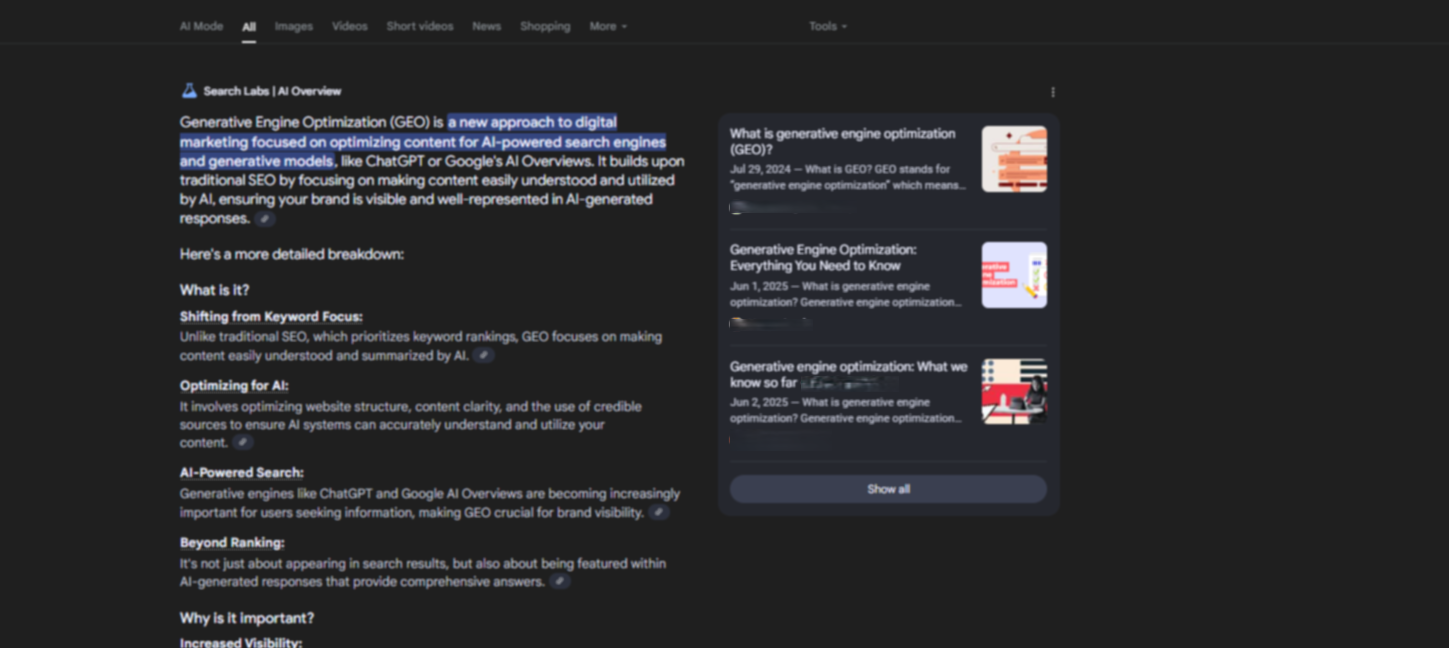Just to let everyone know McCord Web Services at Ravenna Court is not a law office. You might think this is weird for me to bring this up, but over that past couple of days we have had people calling hysterically saying they can’t make it to court, to people…
-
-
Best Organic Optimization Plan
From my over eight years of experience with websites and organic optimization, I have found what I consider the best organic optimization plan of attack. Strong initial and comprehensive keyword research Good use of source code optimization to include unique title tags, and a meta description Strong keyword density in…
-
Obama Time for Change
Barack Obama, I’m not sure if he is brining good change or bad, but change is coming. As you all know Obama is our new president and is sitting waiting to be inaugurated today. This is really cool and all because it’s happening here right around me in the Washington…
-
Proof Blogging Helps Your Organic Placement
You know I was surprised by a customer yesterday. He called to chat about our organic search optimization services. He told me that he had done a Google search on best organic optimization and that my site was placed highly. In fact I checked it out after our chat as…









